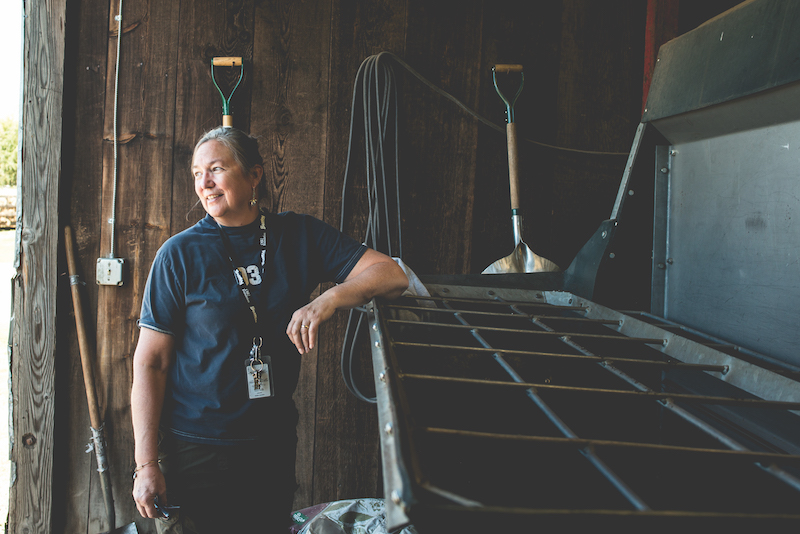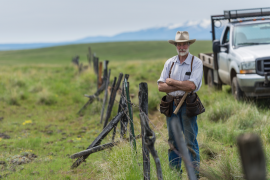interview by Catie Joyce-Bulay | photography by Talia Jean Galvin
The Confederated Tribes of Umatilla Indian Reservation Native Plant Nursery grows sixty-two varieties of native plants used to revegetate compromised landscapes while preserving a tribal heritage of these “fi
In 2016, the nursery was selected as the pilot nursery for the Oregon Sage Grouse Initiative, a collaboration between state and federal agencies and private landowners that will provide more habitat for the threatened sage grouse. Manager Gail Redberg has worked at the nursery since 2011.
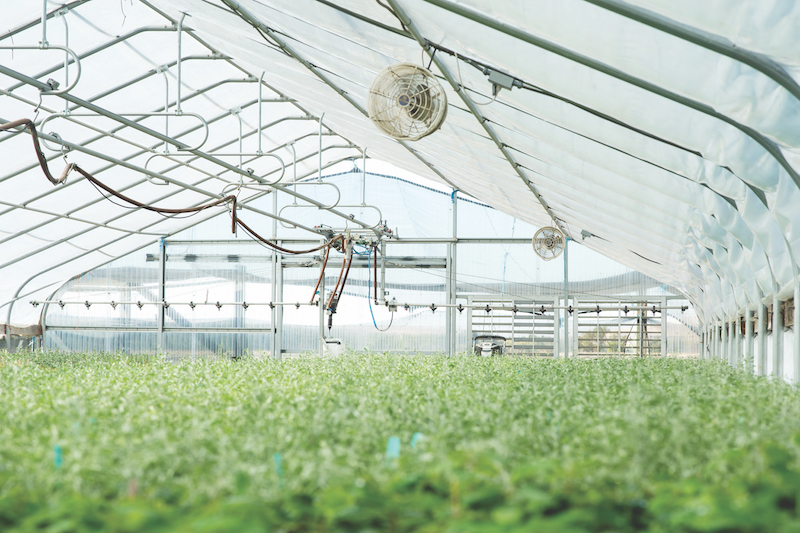
The Sage Grouse Initiative has been an important project you’ve been working on for a while—where are you in the process?
Last November, we collected seed from Roaring Springs Ranch in the Steens Mountains. We are currently growing out the seed and will be using those plants for several projects on the ranch, including revegetating a historic lek [an area where sage grouse congregate] abandoned a few years ago after a fire, increasing the quality of habitat of some current nesting areas, and installing a research plot to test several revegetation strategies to increase success in future projects.
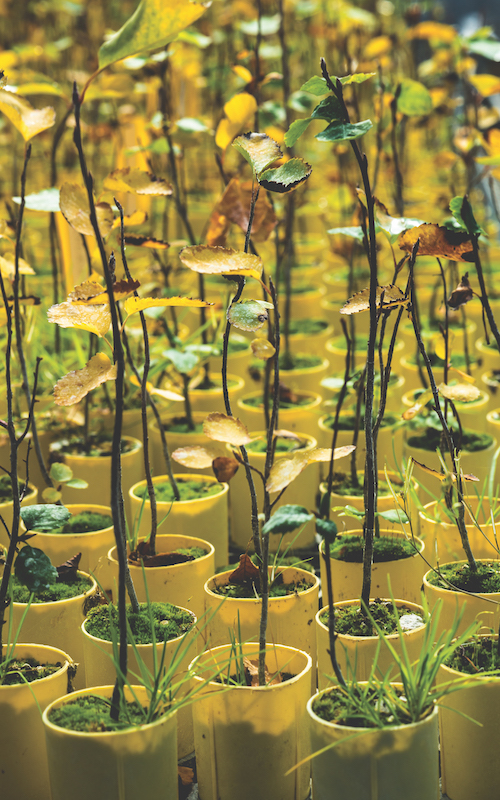
What other projects do you have in the works?
We received funding through the U.S. Fish & Wildlife Service Oregon
Sagebrush and Tribal Nursery Partnership Program which will be used to purchase updated equipment, and were awarded a contract with Mission Support Alliance to grow out over 20,000

Why is it important to preserve, plant and protect native plants?
Native plants are the repositories of survival secrets that have resulted in millennia of success. They are genetically suited to the environment in which they are found and they also have enough variability that they can survive drastic changes in climate. Humans have bred domestic plants to select for specific qualities: early and showy flowers, heavy seed yield, higher protein content, etc. Although these qualities are desirable to us, they do not necessarily contribute to the success of a species when dealing with the vagaries of nature. In fact, they often reduce a species’ chances of survival without human intervention. For example, early flowering is pleasant to us after a long cold winter, but it is completely out of synchronization with insect pollinators, which may result in failure to produce viable seed.
Although domestic plants have their uses, it is the hardy native plants that keep the soil stable, fertile and alive. They provide shelter and nutrients at the base of our food chains and oxygen to the air, all so necessary to the cycle of life.
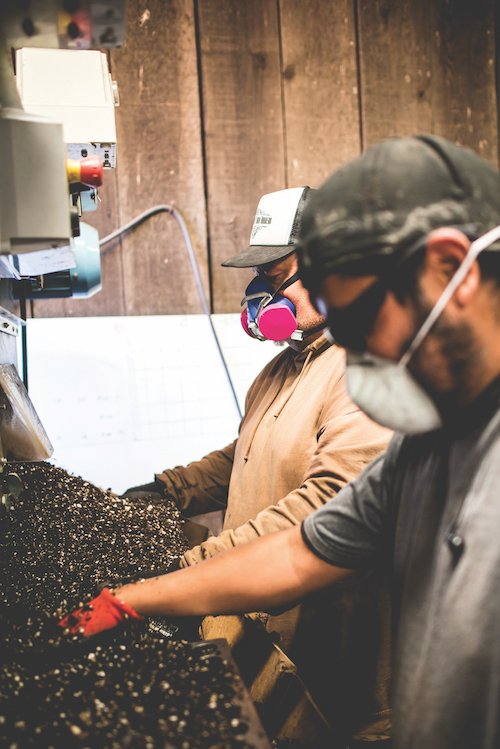
Native plants, if given an opportunity to become established in disturbed areas, also have the capability to



